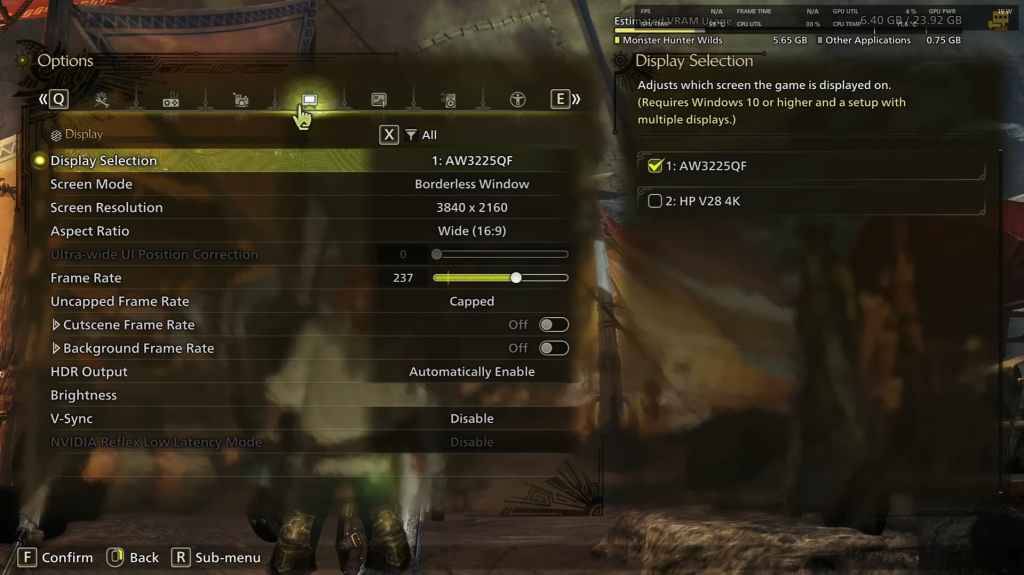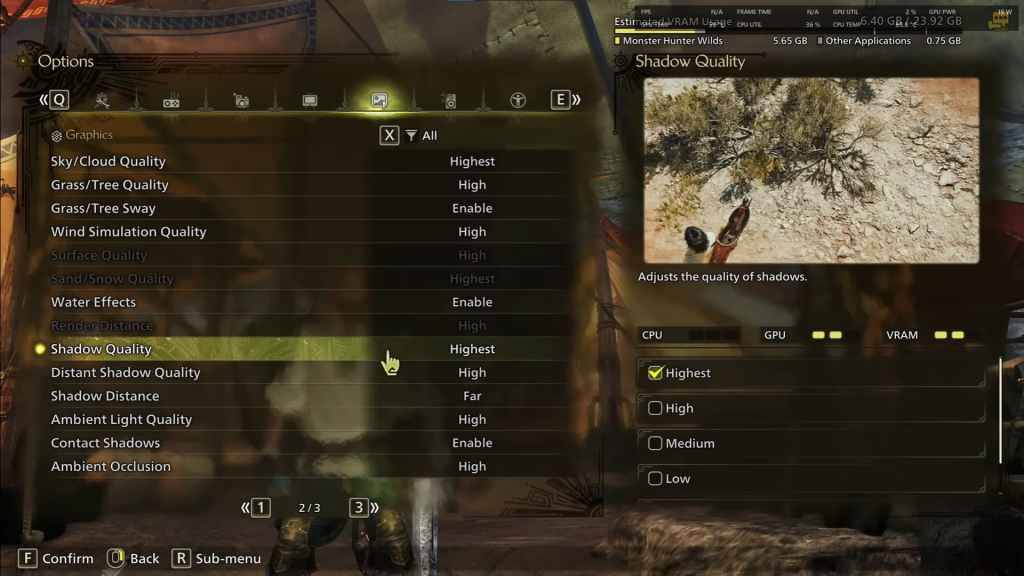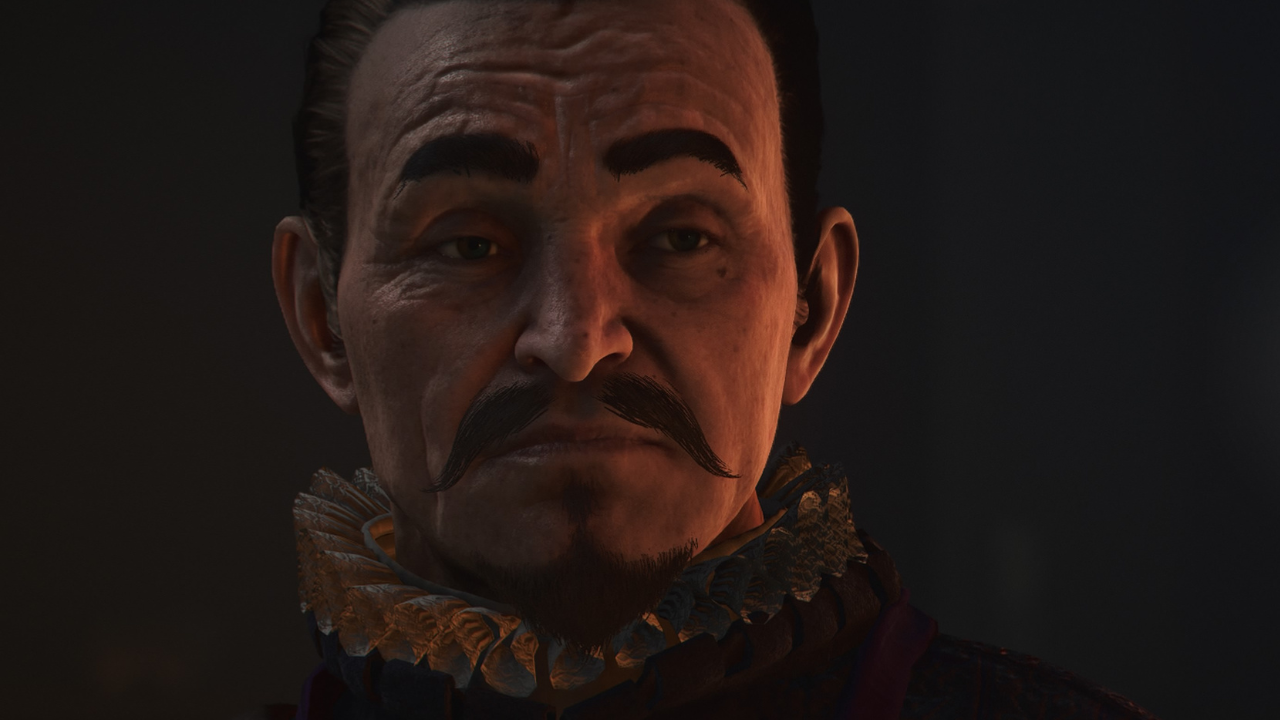Optimal Graphics Configurations for Monster Hunter Wilds Revealed
*Monster Hunter Wilds* captivates players with its breathtaking visuals, yet achieving optimal performance while preserving these stunning graphics can be tricky. Here, we'll guide you through the best graphics settings to ensure you get the most out of this visually spectacular game.
Monster Hunter Wilds System Requirements
If you're looking to play at higher resolutions or with max settings, a high-end GPU with ample VRAM and a robust CPU are essential. Before diving into the settings, make sure your system meets or exceeds these specifications:
| Minimum Requirements | Recommended Requirements |
| OS: Windows 10 or newer CPU: Intel Core i5-10600 / AMD Ryzen 5 3600 Memory: 16GB RAM GPU: NVIDIA GTX 1660 Super / AMD Radeon RX 5600 XT (6GB VRAM) DirectX: Version 12 Storage: 140GB SSD required Performance Expectation: 30 FPS @ 1080p (upscaled from 720p) | OS: Windows 10 or newer CPU: Intel Core i5-11600K / AMD Ryzen 5 3600X Memory: 16GB RAM GPU: NVIDIA RTX 2070 Super / AMD RX 6700XT (8-12GB VRAM) DirectX: Version 12 Storage: 140GB SSD required Performance Expectation: 60 FPS @ 1080p (Frame Generation enabled) |
Monster Hunter Wilds Best Graphics Settings
Whether you're equipped with a top-of-the-line RTX 4090 or a more modest RX 5700XT, fine-tuning your graphics settings in *Monster Hunter Wilds* is crucial. You can achieve significant performance improvements without compromising the visual quality too much. It's worth noting that the visual differences between Ultra and High settings are often minimal, but the performance gains can be substantial.
Display Settings

Screen Mode: Choose based on your preference; Bordered Fullscreen is recommended if you frequently tab out.
Resolution: Set to your monitor's native resolution.
Frame Rate: Match your monitor's refresh rate (e.g., 144, 240).
V-Sync: Turn off for reduced input lag.
Graphics Settings

| Setting | Recommended | Description |
| Sky/Cloud Quality | Highest | Enhances atmospheric detail |
| Grass/Tree Quality | High | Affects vegetation detail |
| Grass/Tree Sway | Enabled | Adds realism but has a minor performance impact |
| Wind Simulation Quality | High | Improves environmental effects |
| Surface Quality | High | Details on the ground and objects |
| Sand/Snow Quality | Highest | For detailed terrain textures |
| Water Effects | Enabled | Adds reflections and realism |
| Render Distance | High | Determines how far objects are rendered |
| Shadow Quality | Highest | Improves lighting but is demanding |
| Distant Shadow Quality | High | Enhances shadow detail at a distance |
| Shadow Distance | Far | Controls how far shadows extend |
| Ambient Light Quality | High | Enhances shadow detail at a distance |
| Contact Shadows | Enabled | Enhances small object shadowing |
| Ambient Occlusion | High | Improves depth in shadows |
These settings prioritize visual quality over raw FPS, reflecting the non-competitive nature of *Monster Hunter Wilds*. However, every PC build is unique, so feel free to adjust these settings if you're not achieving the desired frame rates.
To boost performance, consider lowering the settings for Shadows and Ambient Occlusion, as they are particularly resource-intensive. Reducing distant shadows and shadow distance can also significantly improve FPS. Additionally, lowering Water Effects and Sand/Snow Quality can help manage VRAM usage.
Best Settings for Different Builds
Not everyone has access to the highest-end hardware capable of running games at 4K. Here are the optimal settings tailored to various build tiers to ensure smooth gameplay:
Mid-Range Build (GTX 1660 Super / RX 5600 XT)
Resolution: 1080p
Upscaling: AMD FSR 3.1 Balanced
Frame Gen: Off
Textures: Low
Render Distance: Medium
Shadow Quality: Medium
Distant Shadow Quality: Low
Grass/Tree Quality: Medium
Wind Simulation: Low
Ambient Occlusion: Medium
Motion Blur: Off
V-Sync: Off
Expected Performance: ~40-50 FPS at 1080p
Recommended Build (RTX 2070 Super / RX 6700XT)
Resolution: 1080p
Upscaling: FSR 3.1 Balanced
Frame Gen: Enabled
Textures: Medium
Render Distance: Medium
Shadow Quality: High
Distant Shadow Quality: Low
Grass/Tree Quality: High
Wind Simulation: High
Ambient Occlusion: Medium
Motion Blur: Off
V-Sync: Off
Expected Performance: ~60 FPS at 1080p
High-End Build (RTX 4080 / RX 7900 XTX)
Resolution: 4K
Upscaling: DLSS 3.7 Performance (NVIDIA) / FSR 3.1 (AMD)
Frame Gen: Enabled
Textures: High
Render Distance: Highest
Shadow Quality: High
Distant Shadow Quality: High
Grass/Tree Quality: High
Wind Simulation: High
Ambient Occlusion: High
Motion Blur: Off
V-Sync: Off
Expected Performance: ~90-120 FPS at 4K (upscaled)
*Monster Hunter Wilds* offers a wide range of graphical options, but not all impact gameplay equally. If you're facing performance issues, consider reducing settings for shadows, ambient occlusion, and render distance. Budget users can benefit from FSR 3 upscaling to boost FPS, while those with high-end builds can enjoy 4K settings with frame generation enabled.
For the best balance, opt for a mix of medium to high settings, activate upscaling, and adjust shadow and distance settings according to your hardware capabilities.
And there you have it—the best graphics settings for *Monster Hunter Wilds* to ensure you enjoy the game's stunning visuals without sacrificing performance.
Monster Hunter Wilds is available now on PlayStation, Xbox, and PC.





























